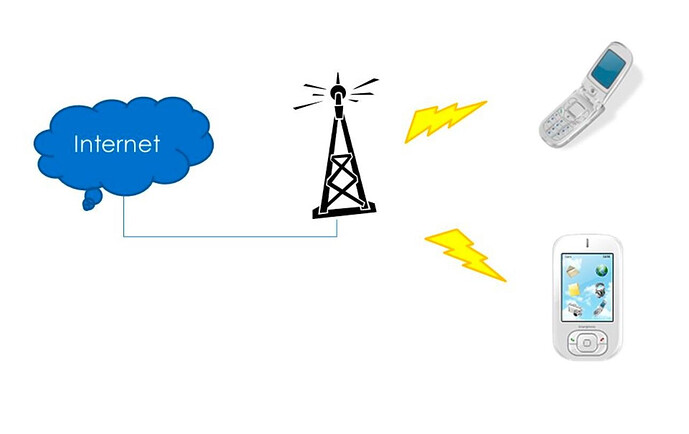- IMSI (International Mobile Subscriber Identity): Identifies your SIM card for registration in a mobile network.
- MSISDN (Mobile Station International Subscriber Directory Number): Your phone number, used for calls and SMS by others to reach you.
- TMSI (Temporary Mobile Subscriber Identity): A temporary identifier assigned by the VLR to replace the IMSI, ensuring user privacy and security.
- IMEI (International Mobile Equipment Identity): A unique, fixed serial-like number for each mobile device, used by the network to identify the phone in the Equipment Identity Register (EIR).
- MAC (Media Access Control Address): A unique physical address assigned to each network device.
- IP (Internet Protocol Address): Used for internet and public network access. It can be assigned dynamically or statically and exists in public and private ranges.
- LAI (Location Area Identity): Identifies a location area within the mobile network, which consists of a group of cells or base stations.
- CGI (Cell Global Identity): A unique identifier for each cell, formed by combining the LAI and the cell ID.
- TAI / RAI (Tracking Area Identity / Routing Area Identity): Similar to the LAI but used in different mobile network generations (e.g., 3G and 4G).
- BTS / Node B / eNode B / gNode B: Represents the base station in a mobile network, responsible for radio processes such as transmitting and receiving signals, modulation, and power management.
- BBU (Baseband Unit) & RRU (Remote Radio Unit): Key components of a base station. The BBU handles signal processing, while the RRU performs signal modulation and power amplification.
LinkedIn: ![]()
